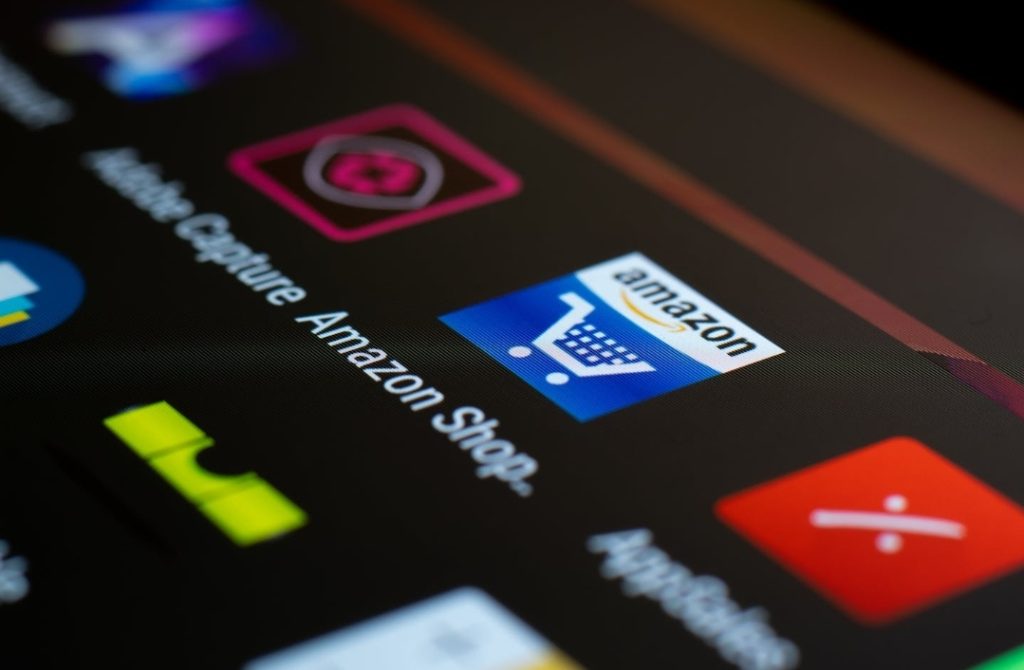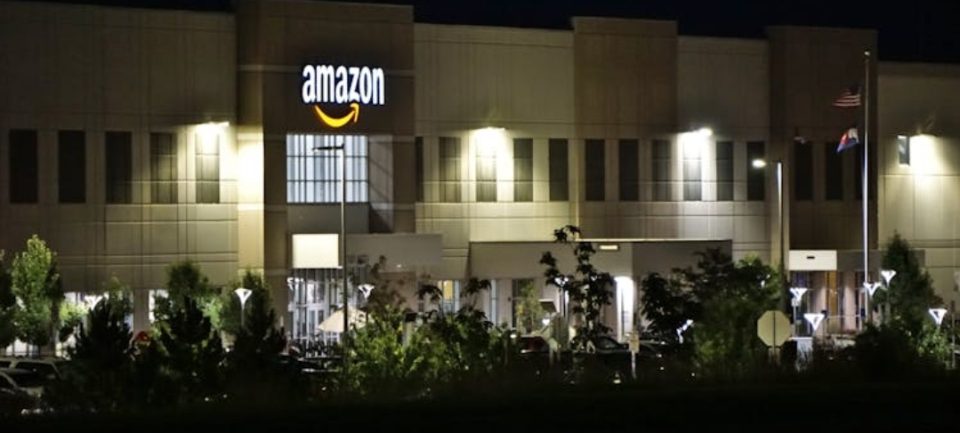Amazon Denies Tariff Display Plans Amid Political Backlash: What It Means for CX
Amazon found itself in the middle of a political and CX debate this week. Reports claimed the e-commerce leader planned to display U.S. tariff costs alongside product prices. The White House reacted strongly. Amazon quickly denied the claim.
White House Rebuke: A Charged Response
On April 29, White House Press Secretary Karoline Leavitt responded publicly. She called Amazon’s alleged move a “hostile and political act.” Her concern wasn’t only political—it hinted at customer perception and trust.
“Why didn’t Amazon do this when inflation soared?” she asked. Leavitt also encouraged Americans to “buy American.” She linked her remarks to Amazon’s ties with China. A 2021 Reuters report mentioned a partnership with a Chinese propaganda arm.
Amazon Responds: No Plan, No Change to CX
Soon after, Amazon addressed the issue. Spokesperson Tim Doyle made it clear—no such plan was in place. He emphasized that the idea was briefly considered by the Amazon Haul team. But it was never approved. And it will not be implemented.
Most importantly for customers: the main Amazon retail platform was never part of this plan. That means the shopping experience remains unchanged—for now.
CX Implications: Transparency vs. Complexity
While the White House framed the alleged move as political, CX experts saw another angle. Would showing tariffs improve price transparency? Or would it confuse customers and hurt trust?
Amazon’s denial reflects a deliberate CX choice. The company avoided adding complexity to its interface. Clear pricing—without extra breakdowns—helps maintain a frictionless experience.
Voices from the Administration
Commerce Secretary Howard Lutnick praised Amazon’s decision. In a post on X, he called it “a good move” from a user experience perspective. President Trump echoed that sentiment. He credited Jeff Bezos for acting swiftly and responsibly. “He solved the problem very quickly,” Trump said. “He’s a good guy.”
The Report That Sparked the Storm
It all began with a PunchBowl News report. An anonymous source from within Amazon claimed that tariff disclosures were coming. The report triggered speculation across media and political circles. White House Press Secretary Leavitt continued to criticize the idea. She didn’t confirm if Bezos and Trump had spoken. But she repeated her stance: “This is a political act by Amazon.”
Bezos and CX-Centric Policy Shifts
Jeff Bezos has historically supported some Trump initiatives. He contributed $1 million to Trump’s inaugural fund. He also publicly supported deregulation and tax reform—both CX-enabling measures. Those policies have helped tech firms optimize delivery, pricing, and user experience.
Administration’s Focus: Controlling Inflation
At the same press briefing, Treasury Secretary Scott Bessent spoke about inflation. He highlighted trade deals and deregulation as tools to bring prices down. “We are doing peace deals, trade deals, and tax deals,” he said.
He predicted positive outcomes by Q3 and Q4. For customers, that could mean more predictable pricing—a CX win.
Tariffs Begin to Touch the Checkout Page
Trump’s recent tariffs are already raising prices. Amazon’s marketplace has seen notable increases, especially for Chinese imports. As product costs rise, pricing strategy becomes a core part of the customer journey.
Fast Fashion Brands Adapt Differently
Temu and Shein have taken a different route. They’ve responded by increasing prices and adding import charges.
Temu now includes a 145% “import charge” at checkout. Shein announced price adjustments starting April 25. Both brands cite rising operating costs due to tariffs.
Unlike Amazon, they chose visibility—but at the cost of simplicity. These added layers may confuse or frustrate users—an important CX risk.
De Minimis Loophole Ends: The Policy Shift
On April 2, Trump signed an executive order ending the de minimis exemption. This loophole allowed products under $800 to enter the U.S. duty-free. Now, imports from China and Hong Kong face new fees. Retailers must pay either a 120% tax or a flat fee starting at $100 from May 2.
For CX teams, this means recalibrating price transparency without hurting ease of use. The UX of cost explanation will matter more than ever.

Market Reaction and What Comes Next
Amazon’s stock dipped 0.6% following the controversy. Analysts expect tariff-related questions in the upcoming earnings call on May 1. Customers, too, will want clarity on how global policy changes affect their wallets.
Conclusion: Transparency or Trust—A CX Balancing Act
Amazon’s swift denial helped douse a politically charged fire. Yet the broader conversation is far from over. As tariffs reshape the global trade environment, customer experience teams must stay agile.
Customers demand both clarity and convenience. Tariff disclosures, while transparent, can risk complicating the buyer journey. Amazon’s restraint shows a CX-first mindset—prioritizing simplicity, clarity, and trust.
In this case, not displaying tariffs might actually protect customer experience. But as the administration pushes for more transparency and reshoring, companies like Amazon will face renewed pressure to walk a fine line.
At its core, this isn’t just about policy—it’s about customer perception. And in the age of intelligent shopping, perception is everything.

